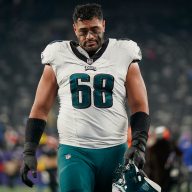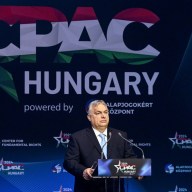By Ginger Gibson, Grant Smith and Jason Lange
WASHINGTON (Reuters) – Two billionaire Democratic presidential hopefuls, Michael Bloomberg and Tom Steyer, collectively spent about $389 million last year on their campaigns, more than the rest of the remaining Democratic field combined, according to disclosures filed on Friday.
Bloomberg launched his campaign in November and spent more than $188 million in two months, a sum sourced entirely from his personal wealth.
Steyer, who was also considered a late addition to the field of candidates when he launched his campaign in July, spent $201 million in 2019 which largely came from $202.5 million of his own money he put into his campaign and about $3 million raised in donations.
While the rest of the Democratic field is heading to the Iowa caucuses that will be held on Monday, spending on advertising and staff in the small state, Bloomberg is skipping the first four contests. Instead, he has turned his focus to the more than one dozen states that will vote on “Super Tuesday” on March 3rd.
The Iowa caucuses are the first contest in a series of state-by-state votes that are used to pick nominees. There are 11 Democrats vying to be their party’s pick to challenge Republican President Donald Trump in November 2020.
Bloomberg is hoping to overcome any momentum winners in Iowa, New Hampshire, South Carolina and Nevada might gain by blanketing the airwaves in Super Tuesday states with television ads touting his candidacy.
Bloomberg’s spending appears to be paying off, with his standing in national polls continue to climb. Steyer has done well enough to qualify for debates, but has struggled to exceed 2% in national polls.
Spending by the rest of the Democratic field pales in comparison.
U.S. Senator Bernie Sanders, who ranked third in campaign spending, spent $90.7 million over the 10 months in 2019 he was running for president.
Bloomberg even outspent Trump, whose campaign reported spending about $148 million since he launched his reelection in January 2017.
Candidates for president are required by law to file regular disclosures with the Federal Election Commission detailing the how much money their campaigns have raised and how it was spent.
Bloomberg’s spent more than $132 million on television ads through the end of 2019. Independent media trackers estimate that the total Bloomberg has spent on his campaign exceeded $250 million in January.
Steyer also spent mainly on advertising, pumping $117 million into TV ads and $44 million in online ads.
U.S. Senator Elizabeth Warren’s largest campaign expense was salaries. She spent more than $16 million on staff in 2019.
Over the course of the year, Sanders also spent the most on staff, disclosing almost $14 million in payroll. His spending on advertising was a close second, $13.5 million on television and about $9.7 million in online ads.
Former South Bend, Indiana Mayor Buttigieg’s biggest expense for 2019 was online advertising, spending about $11.6 million on the ads. His payroll came in at $9.9 million and he spent $9.4 million on television.
Former Vice President Joe Biden also listed staff costs as his top category, spending $11.7 million on payroll in the year. He spent $7.2 million on online advertising, and trailed is rivals in television spending, spending on $2.3 million on ads.
(Reporting by Ginger Gibson, Jason Lange and Grant Smith. Editing by Lincoln Feast.)














